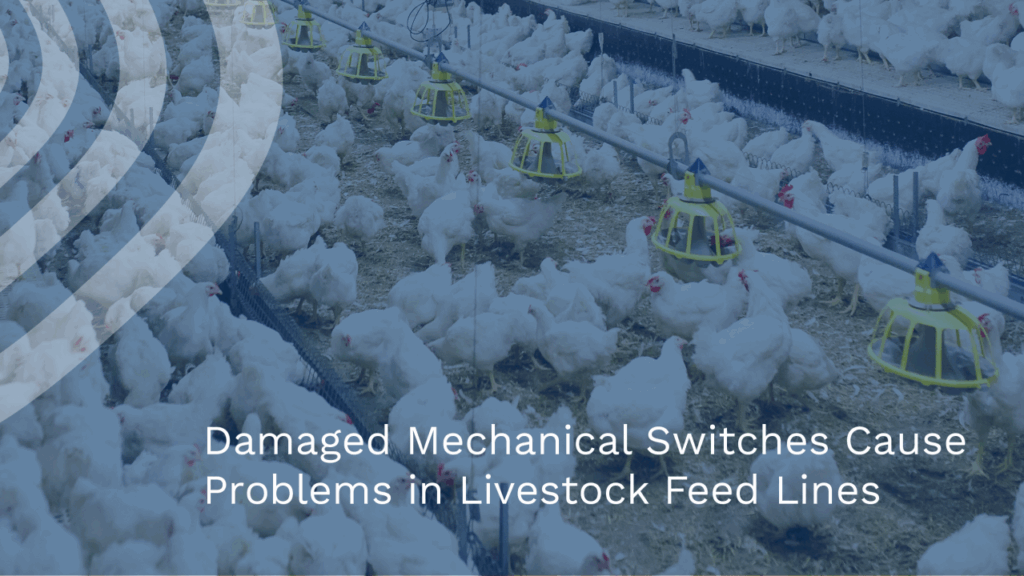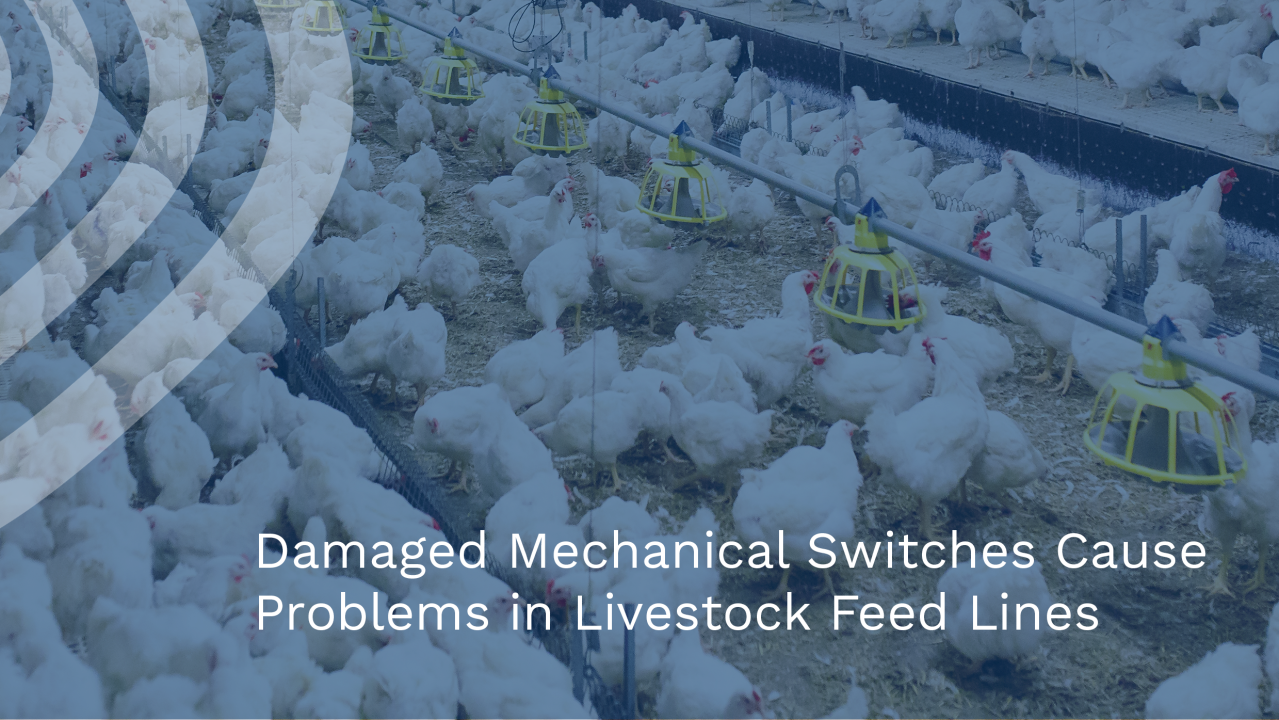
Can a Sandy Magazine Cause Failure to Feed? Understanding Firearm Malfunctions
The reliable operation of a firearm hinges on numerous factors, and one of the most critical is the condition of the magazine. A common question among firearm enthusiasts and professionals alike is: Can a sandy magazine cause failure to feed? The short answer is a resounding yes. This article will delve into the intricacies of how sand contamination can lead to firearm malfunctions, specifically focusing on failure to feed, and provide insights into prevention and maintenance.
Understanding Failure to Feed
Failure to feed (FTF) is a type of firearm malfunction where a cartridge fails to properly load from the magazine into the chamber. This can manifest in several ways, such as the round getting stuck halfway, not being stripped from the magazine at all, or being improperly aligned with the chamber. FTF can be caused by a variety of factors, including:
- Damaged or worn magazine springs
- Bent or damaged magazine lips
- Incorrect ammunition
- A dirty or improperly lubricated firearm
- And, crucially, a contaminated magazine, such as one containing sand
The Impact of Sand on Magazine Function
Sand is an abrasive material that can wreak havoc on the delicate mechanisms within a firearm magazine. When sand enters a magazine, it can interfere with the smooth movement of the follower, the component responsible for pushing cartridges upwards towards the feed lips. Here’s a breakdown of how sand contamination can lead to failure to feed:
Increased Friction
Sand particles create friction between the follower and the magazine body. This increased friction can slow down or even prevent the follower from moving freely, hindering the consistent feeding of cartridges. The rough edges of sand grains act like tiny brakes, especially when the magazine spring is already under pressure.
Abrasive Wear
Over time, the abrasive nature of sand can cause significant wear to the internal components of the magazine. The follower, magazine body, and spring can all suffer from this wear, leading to reduced performance and eventual malfunction. This wear accelerates the degradation of the magazine’s ability to reliably present cartridges for feeding.
Contamination of Ammunition
Sand within the magazine can also contaminate the cartridges themselves. This contamination can lead to issues beyond just failure to feed. Sand on the cartridge can cause problems with chambering, ignition, and even damage to the firearm’s barrel. Every component’s functionality can be compromised.
Spring Degradation
The presence of sand can accelerate the degradation of the magazine spring. Sand particles can get lodged between the coils of the spring, increasing friction and reducing its ability to compress and expand properly. A weak or damaged spring is a common cause of failure to feed, as it may not provide sufficient force to push the cartridges up to the feed lips.
Real-World Scenarios and Examples
Consider a scenario where a law enforcement officer is deployed in a desert environment. During a routine patrol, the officer’s spare magazine is accidentally dropped in the sand. Unbeknownst to the officer, fine sand particles enter the magazine. Later, during a critical incident, the officer attempts to reload with the contaminated magazine and experiences a failure to feed. This delay could have severe consequences.
Similarly, a recreational shooter participating in an outdoor competition may encounter a similar situation. If a magazine is dropped in a sandy area and not properly cleaned, it can lead to malfunctions that cost them valuable time and points. These examples highlight the importance of understanding the risks associated with sandy magazines and taking proactive measures to prevent contamination.
Preventing Sand Contamination
Preventing sand contamination is crucial for maintaining the reliability of your firearm. Here are some practical tips:
- Use Magazine Pouches: Always carry magazines in pouches or carriers that provide protection from the elements. Closed-top pouches are particularly effective in preventing sand intrusion.
- Avoid Dropping Magazines: Be mindful of your magazines and avoid dropping them on the ground, especially in sandy or dusty environments.
- Regular Inspection: Regularly inspect your magazines for signs of contamination. Look for sand, dirt, or debris inside the magazine body and around the feed lips.
- Proper Storage: Store magazines in a clean, dry environment when not in use. Consider using airtight containers to protect them from dust and sand.
Cleaning a Sandy Magazine
If a magazine becomes contaminated with sand, it is essential to clean it thoroughly. Here’s a step-by-step guide:
- Disassemble the Magazine: Carefully disassemble the magazine, following the manufacturer’s instructions. This typically involves removing the baseplate, spring, and follower.
- Remove Loose Sand: Gently shake out any loose sand or debris from the magazine body and components.
- Use Compressed Air: Use compressed air to blow out any remaining sand particles. Pay close attention to the feed lips, follower, and spring.
- Clean with Solvent: Use a solvent specifically designed for firearms to clean the internal components. A nylon brush can be helpful for scrubbing away stubborn dirt and grime.
- Dry Thoroughly: Ensure that all components are completely dry before reassembling the magazine.
- Lubricate Lightly: Apply a light coat of lubricant to the follower and magazine body to reduce friction. Avoid over-lubrication, as this can attract more dirt and debris.
- Reassemble the Magazine: Carefully reassemble the magazine, ensuring that all components are properly aligned.
- Function Check: After reassembly, perform a function check to ensure that the magazine is feeding cartridges smoothly.
The Importance of Regular Maintenance
Regular maintenance is essential for ensuring the long-term reliability of your magazines. This includes not only cleaning but also inspecting for wear and tear. Replace any components that show signs of damage, such as cracked feed lips or a weak spring. Consider replacing magazine springs every few years, especially if you use your magazines frequently. [See also: Firearm Maintenance Best Practices]
Choosing High-Quality Magazines
Investing in high-quality magazines can also help reduce the risk of malfunctions. Magazines made from durable materials, such as stainless steel or high-strength polymer, are less susceptible to damage and wear. Look for magazines with features like anti-tilt followers and reinforced feed lips, which can improve reliability. A sandy magazine can cause issues regardless of quality, but a robust design offers an advantage. [See also: Guide to Choosing the Right Firearm Magazine]
When to Replace a Magazine
Even with proper maintenance, magazines eventually wear out and need to be replaced. Here are some signs that it may be time to replace a magazine:
- Frequent failure to feed malfunctions
- Cracked or damaged feed lips
- A weak or compressed magazine spring
- Excessive wear or corrosion on the magazine body
If you experience any of these issues, it is best to replace the magazine rather than risk a potential malfunction during a critical situation. Remember, a reliable firearm is only as good as its weakest component, and the magazine is a vital part of the equation. A sandy magazine exacerbates these issues, making replacement even more critical.
Conclusion
In conclusion, the answer to the question, “Can a sandy magazine cause failure to feed?” is unequivocally yes. Sand contamination can significantly impair the function of a firearm magazine, leading to a variety of malfunctions, including failure to feed. By understanding the mechanisms by which sand affects magazine performance and implementing preventative measures, firearm owners can significantly reduce the risk of malfunctions and ensure the reliable operation of their firearms. Regular cleaning, proper storage, and the use of high-quality magazines are all essential steps in maintaining a safe and reliable firearm. Always prioritize safety and preparedness, and never underestimate the impact of a seemingly minor issue like a sandy magazine. Ignoring this issue can lead to serious consequences. The impact of a sandy magazine on overall firearm reliability should not be underestimated. Addressing potential contamination issues promptly ensures consistent and safe firearm performance. Understanding how environmental factors like sand can affect firearm components, such as the magazine, is crucial for responsible gun ownership. Therefore, to reiterate, yes, a sandy magazine can indeed cause a failure to feed, and taking proactive steps to prevent and address this issue is paramount. A clean and well-maintained magazine is a happy magazine, leading to a happy and functioning firearm. Remember to always check your magazines before use, especially in environments where sand or debris is prevalent. So next time you’re out shooting, remember the lesson: a sandy magazine is a recipe for disaster, avoid it at all costs!

